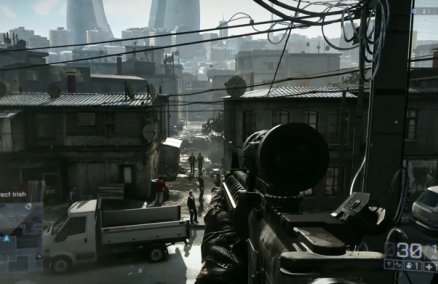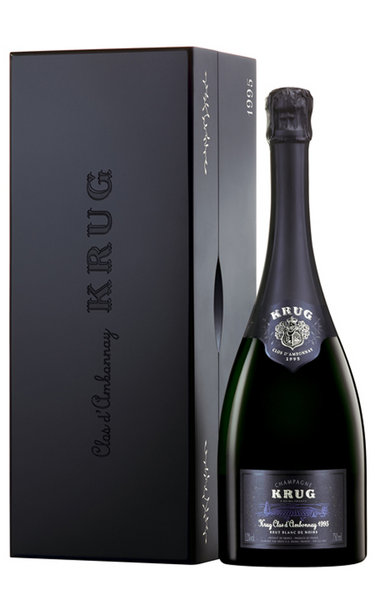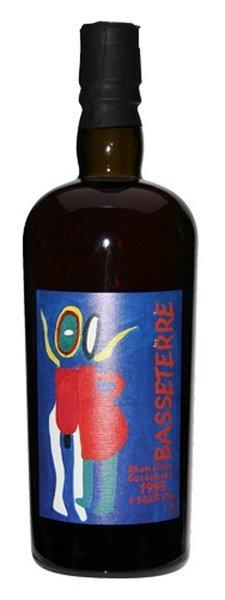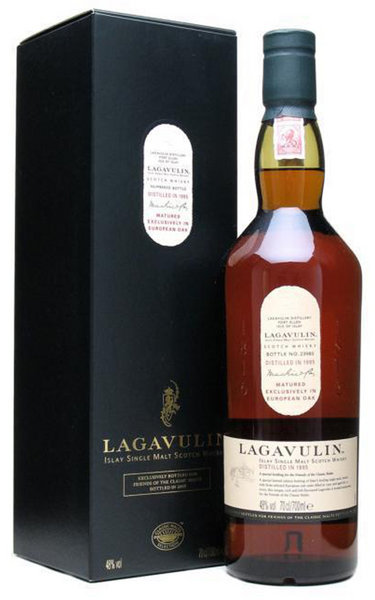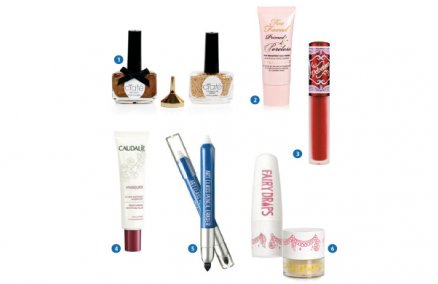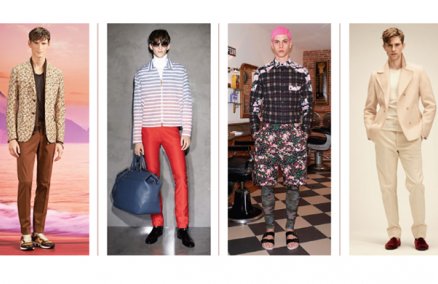NOVEMBER
Kalaa Utsavam 2011
Nov 4-13. Esplanade, Singapore. Various prices. www.kalaautsavam.com
Started in 2002 as a three-day event during the annual Deepavali [or Diwali; annual festival of lights], Kalaa Utsavam has grown into a 10-day festival with traditional performances and contemporary showcases like Bollywood-style singing.
November Grand Sumo Tournament
Nov 13-27. Fukuoka Kokusai Center, Fukuoka, Japan. Various prices. www.sumo.or.jp/eng
This old sport remains a wildly popular national pastime, and each year there are six grand tournaments. Noc is 2011’s last chance to see the battle of the huge wrestlers. Tickets start at ¥2,000 but get a ringside seat (¥14,300) for that extra bit of excitement.
Macau Grand Prix
Nov 17-20. Macau. Various prices. gp.macau.grandprix.gov.mo
One of the most exciting F1 racing events in Asia is now in its 58th year (no kidding). The three-day Macau Grand Prix means not only some of the world’s fastest cars and the noise of powerful engines, but also modified cars and GT motorcycles—not to mention a chance for some slot machine action afterwards.
CN Blue Blue Storm Asia Tour
Nov 19 in Bangkok, Nov 26 in Jakarta, Jan 7 in Hong Kong. Various prices. www.cnblue.co.kr
They recently opened for Linkin Park in Tokyo, held a series of concerts in Japan and tickets for their Bangkok’s are almost sold out as of press time. Don’t underestimate this alternative-rock band from South Korea who is stealing the spotlight from pop bands Super Junior and Girls’ Generation.
Stereosonic
Noc 26-Dec 3. Australia. Various prices. www.stereosonic.com.au
Dubbed Australia’s largest dance music festival, Stereosonic brings top international artists and DJs to Sydney (Nov 26), Perth (Nov 27), Melbourne (Dec 3), Adelaide (Dec 3) and Brisbane (Dec 4). The 2011 lineup is packed with familiar names like Acid Jack, Afrojack, Crookers and LMFAO. Check out the website for the entire lineup.
Richard III
Noc 17-26. Esplanade, Singapore. Various prices. www.srt.com.sg
Sam Mendes (Road to Perdition, Revolutionary Road, American Beauty) reunites with Academy Award winner Kevin Spacey for a stage production of William Shakespeare’s Richard III, which portrays the story of the hobbled tyrant who ruled England with an iron fist. The production and Spacey have earned rave reviews when the play first staged earlier this year in London.
DECEMBER
Chichibu Yomatsuri
Dec 3. Saitama, Japan.
One of Japan’s three largest hikiyama [float] festivals, Chichibu Yomatsuri has been taking place at the Chichibu Shrine in Saitama for more than 2,000 years. Though celebrations starts the night before, the main highlights take place on Dec 3, when six huge hikiyama floats decorated with countless lanterns, from neighboring districts, are paraded around town. The finale comes when they are gathered at the city hall’s plaza and fireworks light up the night sky. Saitama is only 90 minutes from central Tokyo.
Luang Prabang Film Festival
Dec 3-10. Luang Prabang, Laos. www.lpfilmfest.org
It’s a small festival, so while there won’t be celebs, do expect to see a bunch of art and indie flicks that aim to represent the region’s tales. In its second year, the festival will feature 26 movies curated by each country’s film expert (for Thailand, it’s the Bangkok Post’s Kong Rithdee, of course) such as Hexagon from Myanmar, Floating Lives from Vietnam, Lao Wedding from Laos and Panya Reanu from Thailand.
Wicked the Musical
Dec 7-Jan 29. Tickets S$55-250. Marina Bay Sands, Singapore. www.wickedthemusical.com.sg
Beloved and award-winning Broadway musical Wicked is coming to Singapore—the only Asian city on its world tour. Wicked retells the story of The Wizard of Oz through the eyes of the wicked witch, Elphaba, and her love-hate relationship with the good witch, Glinda.
ZoukOut 2011
Dec 10. Sentosa, Singapore. Price TBA. www.zoukout.com
How about dancing the night away in boardshorts? Asia’s largest beach party is coming back after its big 10th year blowout last year. This year, ZoukOut puts together a big DJ lineup including Armin Van Buuren from the Netherlands, Bob Sinclair from France, Ladytron from the UK and the AVICII from Sweden.
Clockenflap
Dec 10-11. Cyber Port, Hong Kong. Free entry. www.clockenflap.com
Hong Kong’s annual outdoor music festival is coming back for the fourth time. The final lineup has not yet been unveiled but Bombay Bicycle Club, Luke Vibert, The Pains of Being Pure at Heart and Free the Birds are promised to rock the stage.
Midwinter Night’s Summer Dream Festival
Dec 31. Nami Island, South Korea. www.namisum.com
Nami Island is not only a place to enjoy autumn’s red maples, but also a great alternative to traditional New Year celebrations. On the New Year’s Eve, they throw a summer party, in the middle of winter, with all the great summertime activities: beachwear fashion shows, live concerts, outdoor BBQ as well as campfires and dance parties—all when South Korea turns snowy.
Sydney New Year’s Eve 2011
Dec 31. Sydney. Free. www.cityofsydney.nsw.gov.au/nye
Count down to 2012 at Sydney Harbor with millions of people at one of the first cities to step into the New Year. The celebration starts at 5pm with a series of fireworks, followed by the Harbour of Light Parade, when lit-up vessels sail on a 15km circuit around the harbor and then, finally, of course, the midnight fireworks over Sydney Harbour Bridge. See the vantage point map on its website for where you should be standing.
JANUARY
Sydney Festival
Jan, dates TBC. Sydney, Australia. www.sydneyfestival.org.au
Australia’s largest cultural event, Sydney Festival kicks off in January, right in the middle of Oceania’s summer, with music, dance, drama, circus and virtual art shows. Now in its 35th year, the festival has always kept a quality line-up, and while the current one isn’t finalized yet, the first international act confirmed to play is English artist PJ Harvey.
China Harbin International Ice and Snow Festival
Starts Jan 5 and lasts about a month. Harbin, China. Price TBA. www.isharbin.com
Started in 1963 and now one of the world’s largest winter festivals, Harbin International Ice and Snow Festival brings together ice and snow artists from all over the world to showcase their masterpieces across the ice plateau near Songhua River. More details will be announced through the website (prepare to use Google Translate). Remember that you’ll be facing temperatures of around -16 degrees Celsius.
Australian Open
Jan 16-29. Melbourne, Australia. Tickets A$49.90-1,119.90. www.australianopen.com
Will new threat Novak Djokovic manage to keep the title away from Roger, Rafa and Murray another year? The year’s first Grand Slam tennis tournament serves up excitement, rivalry and upsets at Melbourne Park. Top tennis players compete for the largest-ever prize of A$26 million. FYI, tickets go fast.
Tet Nguyen Dan
Jan 23-26. Throughout Vietnam.
Tat Nguyen Dan, or commonly known as Tet, is the Vietnamese New Year celebration that is falling on the first day of the first month of the lunar calendar (similar to the Chinese New Year). See Vietnam’s cities lit up with million of lanterns, traditional festivities, performances and dragon parades. And as the coming year is a dragon year, an auspicious symbol, expect even larger celebrations.
St. Jerome’s Laneway Festival
Jan 28 Feb 10. Various cities in Australia, and Singapore. A$120-140. www.lanewayfestival.com.au
Emerging first in 2004, in Melbourne, indie music festival Laneway has grown rapidly over the years, thanks to its cutting-edge international bands and artists. It now includes several cities and countries. For 2011/12, the line-up includes Active Child, Laura Marling, Feist, Anna Calvi, Pajama Club, Cults and M83, who will rock Brisbane on Jan 28, then go to Auckland on Jan 30 before returning to Australia: Melbourne (Feb 4), Sydney (Feb 5), Adelaide (Feb 10) and Perth (Feb 11). Laneway closes its curtains in Singapore on Feb 12.
Hong Kong Arts Festival
Jan 28-Mar 8. Hong Kong. Various prices. www.hk.artsfestival.org
The region’s foremost art festival is celebrating its 40th anniversary with 166 performances over 45 days and taking place at 17 venues around town. The lineup includes several world stage premieres like Olivia Yan’s Wild Boar, Santayana Li’s Journey to Home and Tang Shu-wing’s remake of Shakespeare’s Titus Adronicus. There are also lots of Asian premieres ranging from musicals like French theater Bouffes du Nord’s Magic Flute, to theatrical shows, like Benjamin Millepied’s This Part in Darkness ballet




















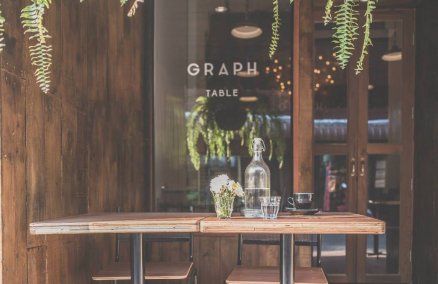
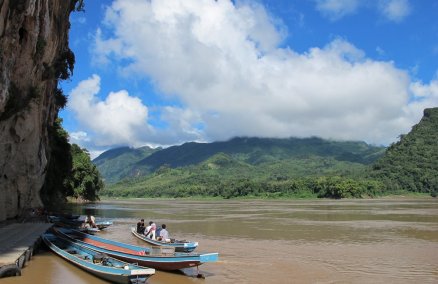
 *I-S PICK* Popcorn!
*I-S PICK* Popcorn! Showtimezz
Showtimezz SG Movies
SG Movies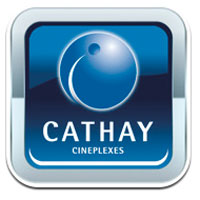 iCathay
iCathay iGV
iGV
